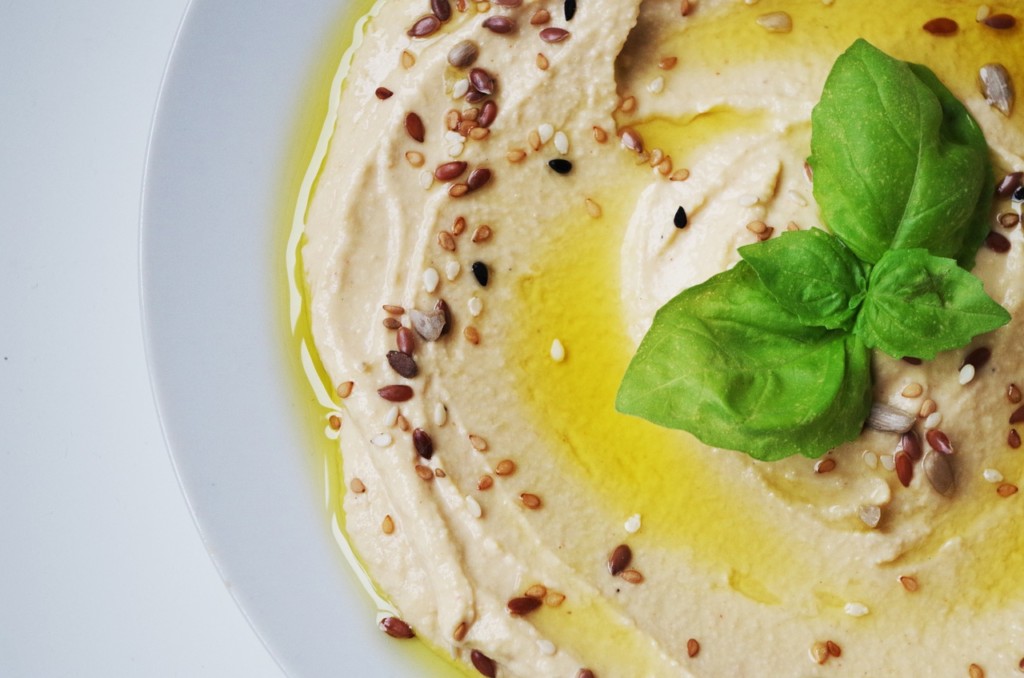In this chapter from part 1 of the blooness guide (Nutrition basics) and Part 3 of the guide (dedicated to Mediterranean diet)we're going to tackle the all-important question of the complementary nature of proteins.
This concept, which has been popularized since the 70s, and which was used in particular in the case of vegetarian and vegan diets, continues to be the subject of much debate, as it leads to confusion about the existence of "complete" and "incomplete" proteins, resulting in controversy about the supposed deficiencies that a plant-based diet would entail.
To fully grasp the concept of protein complementarity, and learn how to use it beyond the controversy it may have caused, we first need to know that proteins are made up of two main groups, as we learned in the previous chapter on proteins :
- Essential amino acids (i.e. the body cannot synthesize them on its own, unless they are supplied by the diet), of which there are 8.
- The other 10 to 12 non-essential amino acids.
When choosing a protein intake via a plant-based diet, it is logical to ensure that every day, or at least every 2 days, our diet includes all 8 essential amino acids.
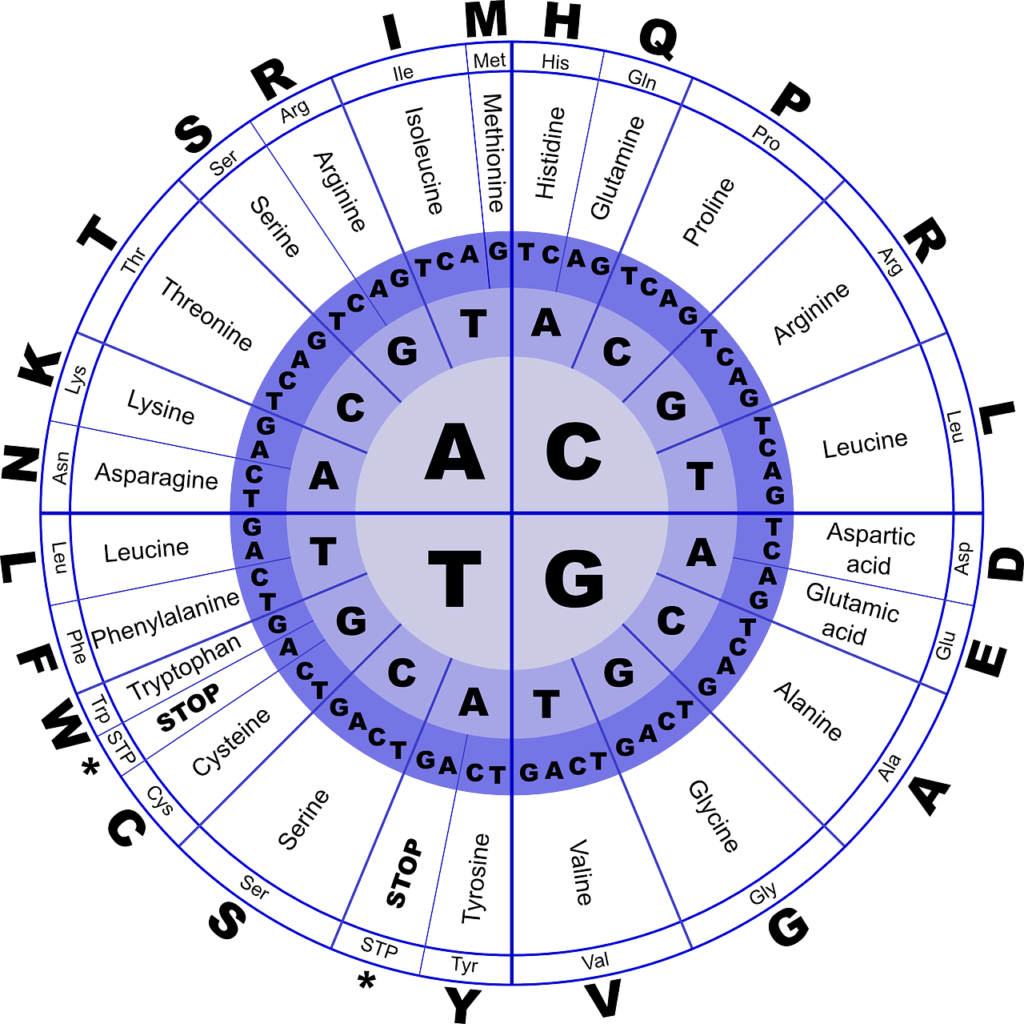
Indeed, according to this concept, one of the pitfalls of veganism consists in opting for meals that are certainly very healthy, and moreover eco-responsible, but sometimes incomplete in terms of protein intake, not quantity, but qualitativeIn other words, we don't supply our body with all the amino acids it needs to function properly.
This content is part of the guide Blooness, the guide to the ideal human diet, the summary of which you can find here 🌱🥑
What's more, protein intake must not only be complete in terms of essential amino acids, it must also be relatively short term, as a reminder, the body cannot store proteins for external use. They are only stored as building blocks for our bodies (muscles, nails, etc.).
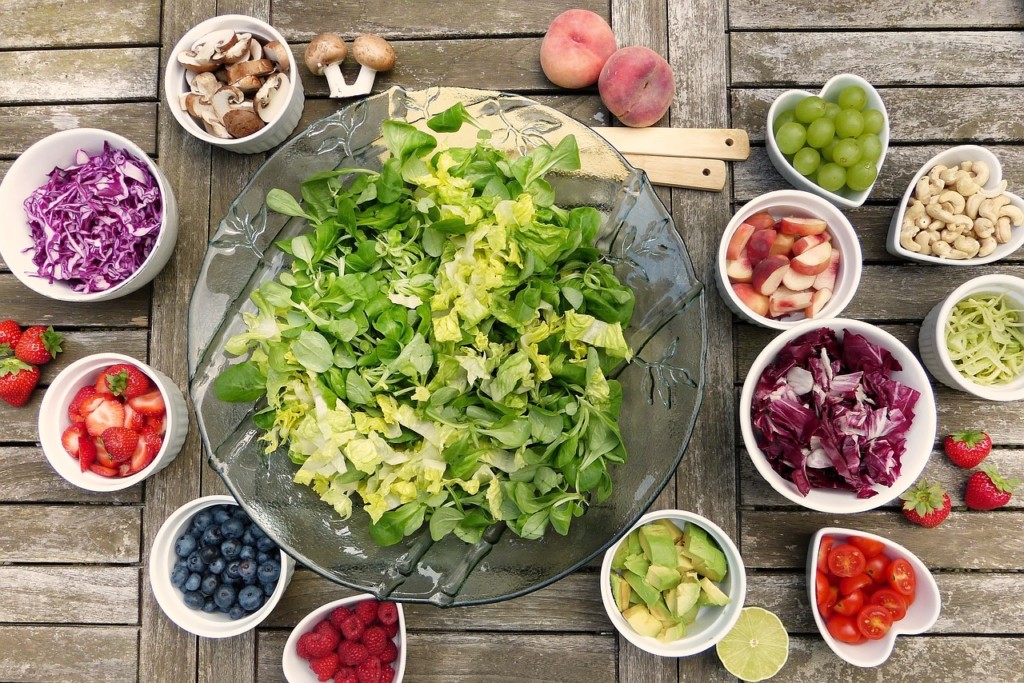
Meat and eggs are a source of complete protein. Nuts and beans, on the other hand, are not. In most cases, plant proteins taken separately do not contain all the essential amino acids.
French-speaking subscribers will receive the newsletter in French, and all others will receive an English version.
In other words, this theory states that if you opt for a plant-only diet, not only should you consume all the essential amino acids, but you should do so as much as possible within a single day.
This would require either supplement mainly plant-based meals with a few animal-based foods, or combine several "incomplete" plant foods in order to get all the essential amino acids in a single day.
You can also consume plant nutrients that are sources of complete proteins, because they do exist, but don't overdo it either, or you'll end up with too narrow a spectrum of foods.
The concept of protein combination discredited?
This theory was quickly dismissed by some scientists and many vegetarians, who saw in the media coverage of this concept a reinforcement of the myth that a vegetarian diet was dangerous, deficient or complicated.
It has therefore been proven that, as part of a vegetarian or vegan diet, the diversity of plant foods normally ensures that all amino acids are consumed in sufficient quantities.
Frances Moore Lappé, the author behind the concept in 1971, ended up revisiting this theory in a later edition of her book Diet for a small planet:
"With three important exceptions, there is very little danger of having a protein deficit when eating plant foods. The exceptions are diets heavily dependent on fruit, certain tubers such as sweet potatoes and manioc, and junk food (refined flours, sugars and fats).
Fortunately, relatively few people in the world try to survive on diets in which these foods are the only source of calorie intake. In all other diets, if a person gets enough calories, he or she is in practice certain to get enough protein."
However, while the notion of temporality and the absolute necessity of combining several plant proteins in the course of a single day has provoked controversy to the point of being called into question by the scientific community, the fact remains that the approach of integrating different plant sources with a view to consuming the complete amino acid chain in sufficient quantity, contributes de facto to diversifying your diet, and therefore does no harm.

It's an interesting concept to consider, if only for the following reasons learn to combine different plant sources. Indeed, throughout the world and in various ancestral and contemporary civilizations, certain peoples have often instinctively associated cereals and pulses This is probably what Frances Moore Lappé originally intended.
In practice, the idea is to combine different sources of plant proteins not rigidly during the same meal, of course. within a single day or at least every two or three daysto cover all essential amino acid requirements even with a mainly vegetarian or vegan diet.
Whole plant protein foods
Some plants contain complete proteinsBy consuming them, you can avoid the fear of essential amino acid deficiencies.
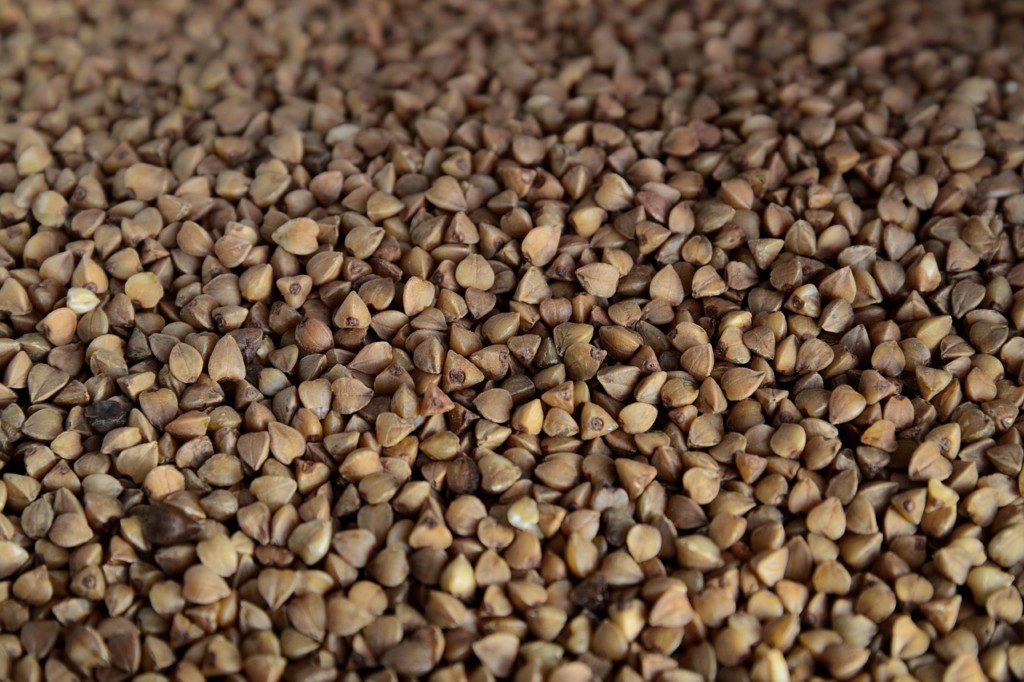
These main plants are
- In the legume category: soy, tofu, tempeh, miso.
- In cereals: Quinoa, buckwheat, millet, amaranth.
- In the seeds family: Hemp seeds.
- In the vegetables greens: kale and spinach.
Foods composed of incomplete plant proteins
Most legumes contain 7 of the 8 essential amino acids, but are deficient in methionine :
- Peanuts
- Peas (yellow, green, chickpeas)
- Beans (azuki, pinto, black, red, white, black-eyed)
- Lima beans
- Lentils (coral, green, French, brown)
- Mung beans
Most cereals contain 7 of the 8 essential amino acids, but are deficient in lysine:
- Corn
- Wheat, barley, rye, spelt, kamut (contain gluten)
- Oats
- Millet
- Teff
- Sorghum
- Rice
- Flour, bread, pasta, couscous...
Most nuts are deficient in lysine, and some in methionine and cystine:
- Nuts
- Pistachios
- Almonds
- Hazelnuts
Finally, the seeds are deficient in lysine:
- Chia
- Linen
- Sunflower
- Pumpkin
- Sesame
- Poppy
- Sacha inchi
Foods to combine to obtain all essential amino acids
Cereals, nuts and seeds are generally deficient in lysine, while legumes are generally deficient in methionine, just eat them together (in a single day or even over several days) to obtain all the essential amino acids.
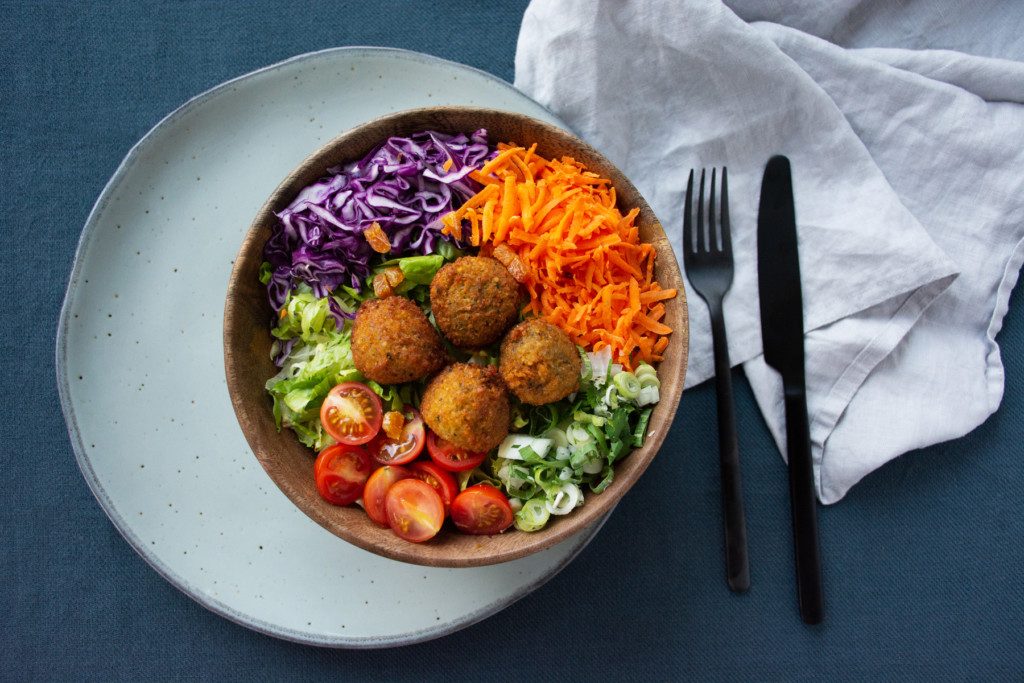
From the lists provided above, you can therefore combine several nutrients to cover your total essential amino acid requirements.
REMINDER: this article is one of the chapters in the Blooness feeding guidea guide to the ingredients of the ideal diet for humankind.
Here are a few ideas for combinations that have proved their worth in culinary history.
Spirulina + seeds, oatmeal or nuts.
Cereal product + legume :
- Wheat + chickpeas. Examples: Maghreb couscous, oriental falafel.
- Corn + black beans (a common blend in Mexican cuisine).
- Rice + Lentils (Indian khichdi, Lebanese moujadara).
- Rice + beans (Brazilian feijoada).
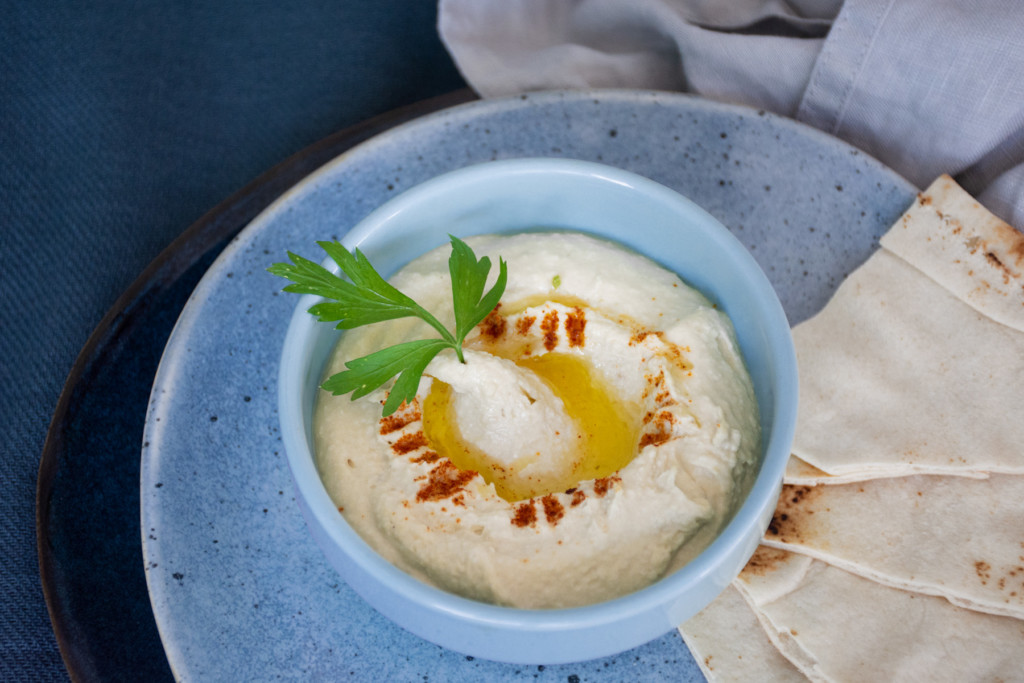
Pulses + nuts or seeds :
- Lentils + nuts.
- Hummus: chickpea purée + tahina (ground sesame seeds).
Conclusion on combining plant proteins
In conclusion, whenever legumes such as beans or lentils are combined with seeds or cereals such as wheat, rice or nuts, you get a protein complete. This is the kind of combination found in certain ancestral cuisines, such as Asian, Indian and Chinese. Mediterranean.
At worst, this will reassure you about possible deficiencies, and at best, it will enable you to eat as wide a range of plant-based meals as possible.
EDIT 2023: Vegetarian diet necessarily high in carbohydrates?
It's worth remembering that by eating a predominantly or even exclusively vegetarian diet, the individual is forced to consume de facto from carbohydrates in significant quantities.
In fact, to reach your optimal protein quota and cover all your protein-generating amino acid requirements on a vegetarian diet, you must not only combine plant protein sources, but also and above all consuming plant-based foods in quantities that by their very nature entail a significant simultaneous intake of carbohydrateswhich can be found in abundance in legumes and cereals.
That's why people who consume a vegetarian diet are very often on a carbohydrate-rich dietThis raises health issues.
However, it is possible to reverse the trend by prioritizing protein-rich plant ingredients such as tofu, tempeh, seitan, seaweed, hemp and lupin floursand oilseedsto achieve the necessary and sufficient amount of protein.
As for the amount of carbohydrates, this will depend on the level of physical activity and sedentary lifestyle. For example, a person who cycles in the morning and evening, as well as having a job that requires them to be on their feet a lot, will not have the same carbohydrate requirements as someone who sits down and is sedentary all the time.
It's also a good idea to occasionally use products derived from the animal kingdom, such as dairy products and eggsand for those who wish to further optimize their diet, to adopt a pesco-vegetarian diet which would integrate seafood products. If you want to reduce your consumption of animal products for ethical reasons, the key is to choose high-quality products from the animal kingdom, from respectful farming or sustainable fishing. The idea is to be flexible, for greater health benefits, while respecting certain values and avoiding mass consumption of poor-quality animal products.
This was an important point to remember, to realize that protein complementarity is not the only constraint in a predominantly vegetarian diet. The massive intake of carbohydrates is also a prerequisite for such a diet.with what this can mean in terms of hyperinsulinismIt's a good idea to bear this in mind when looking for efficiency in terms of longevity, muscle mass and optimal energy.
Now that you know all about proteins and how to combine them, let's get to the heart of the matter. lipidsWhat about the "unloved" foods of the 20th century? That's the subject of the next chapter, for those of you following the introduction to the basics of nutrition. And for the rest of you, a little more patience: the content dedicated to the signs of excessive protein intake or deficiency is coming very soon...
Next chapter from the basics of nutrition : all about lipids.
Next chapter fromMediterranean diet : Excessive protein intake: risks and case studies - [MEMBERSHIP ZONE]
Previous chapter from the Mediterranean diet : optimal protein intake (reminder) - [MEMBERS AREA]

